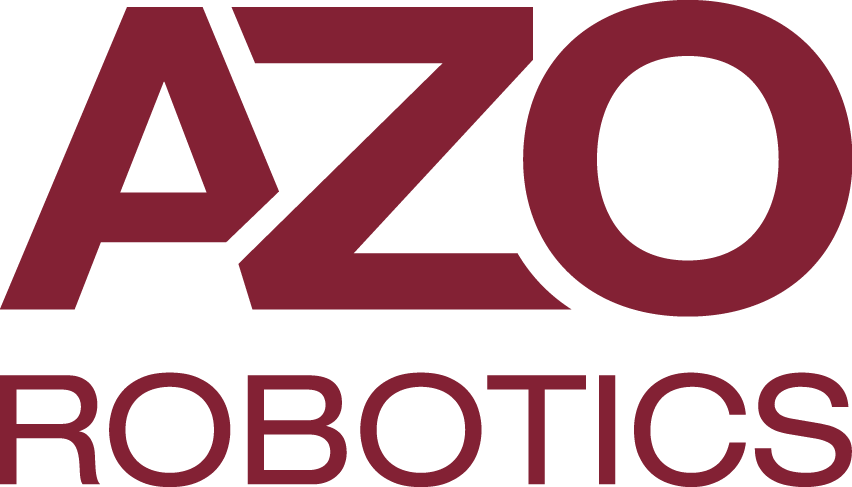Automation using Artificial Intelligence (AI) can lead to significant improvements in efficiency for small and mid-sized businesses. This step-by-step tutorial will guide an operations manager through the process of designing, deploying, and monitoring an AI-powered automation solution. We will cover the prerequisites, setup, testing, monitoring, error handling, and cost control to ensure successful implementation.
To begin, you need a clear understanding of your business needs. Identify which processes could benefit from AI automation. Common examples include customer support, data entry, and inventory management. You will also need access to AI platforms, such as Azure, AWS, or Google Cloud, that provide AI capabilities suited for your requirements.
Once you have identified the processes to automate, the next step is to understand the prerequisites for the AI tools you will use. Ensure you have a reliable internet connection and the necessary software installed on your systems. You should also gather data from your existing processes to train the AI. This data must be clean, structured, and relevant to maximize the effectiveness of the automation.
Configuration starts with choosing the right AI model for your business needs. For instance, if you are automating customer interactions, consider using natural language processing (NLP) models. Next, create a project in your chosen AI platform and specify the required inputs the AI will need to function effectively. For example, if you configure a chatbot, the inputs might include customer queries and previous interaction data.
Following configuration, it’s time to train your AI model with the data you collected earlier. This step might involve feeding it historical data and fine-tuning parameters to improve performance. Monitor the training process to ensure that the model learns effectively. After training is complete, test the AI thoroughly with a variety of inputs to validate its responses against expected outcomes. For example, if your automation is a chatbot, you can ask it different questions and check if it provides accurate answers.
Monitoring is crucial once your AI solution goes live. Implement dashboards to visualize key performance indicators (KPIs) like response time, accuracy, and customer satisfaction. Regularly review these metrics to ensure your AI continues to meet business goals. If the KPIs fall short of expectations, revisit training data or adjust model parameters accordingly.
Error handling is another important aspect of AI automation. Prepare for potential failures by implementing fallback mechanisms. For instance, if a chatbot cannot understand a user query, have it offer an option to connect to a human representative. Additionally, set up alert systems to notify your team immediately if critical errors occur.
Cost control should start with a thorough understanding of your budget. Calculate initial implementation costs, ongoing expenses, and any potential additional costs for model retraining or scaling up. AI solutions can vary widely in cost, so obtain quotes from different vendors and perform a cost-benefit analysis to ensure a positive return on investment.
Security, data retention, and privacy must also play a significant role in your automation strategy. Ensure compliance with regulations such as GDPR to protect customer data. Choose platforms that offer robust security measures, including data encryption and regular security audits. Additionally, maintain clear data retention policies that align with your business objectives and regulatory requirements, ensuring customer information is kept only as long as necessary.
Vendor lock-in is a potential risk when adopting AI solutions. To mitigate this, consider using open-source tools or those with portability features that allow you to switch vendors without losing significant investment or functionality. This flexibility not only safeguards against reliance on one vendor but can also help in cost control.
Finally, estimating return on investment is essential for justifying your AI automation project. Assess both qualitative and quantitative benefits, such as increased efficiency, reduced labor costs, and improved customer satisfaction. Create projections based on these metrics to visualize potential revenue growth and cost savings.
Ongoing maintenance is another important consideration for your AI solution. Schedule regular reviews to ensure the AI adapts to changing business needs and environments. As you gather more data over time, continual retraining enhances performance and helps avoid model drift, which occurs when an AI model’s accuracy decreases as conditions change.
FlowMind AI Insight: The successful implementation of AI-powered automation in your small or mid-sized business can lead to increased efficiency, better customer satisfaction, and significant cost savings. By following these structured steps and maintaining a focus on security, privacy, and cost control, you can leverage AI technologies to drive your business forward, ensuring a valuable return on investment while mitigating risks.
Original article: Read here
2025-09-23 10:47:00

